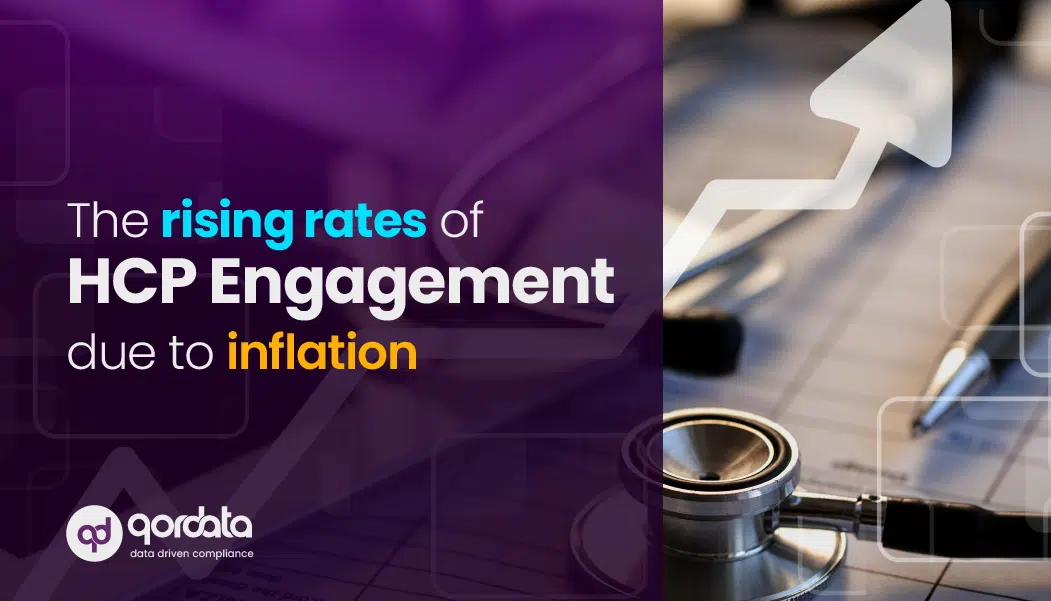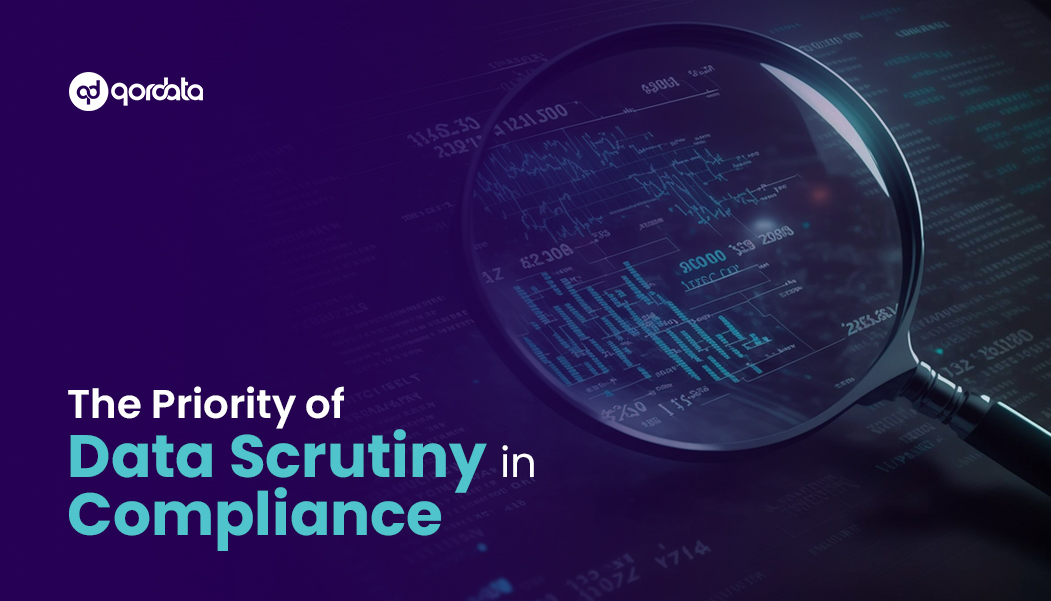Table of Contents
ToggleThe Physician Payments Sunshine Act requires life sciences companies to report any payments or other transfers of value made to physicians and teaching hospitals to the Centers for Medicare & Medicaid Services (CMS)
“Physicians” include those legally authorized to practice medicine, osteopathy, dentistry, dental surgery, podiatry, optometry, and chiropractic medicine.
Over the years, life sciences companies have taken significant measures to develop Open Payments programs to ensure compliance with the Physician Payments Sunshine Act – spending millions of dollars setting up compliance resources, infrastructure, and robust reporting mechanisms.
If reporting entities fail to submit data timely, accurately, and completely, they can face civil monetary penalties (CMPs) of up to $1,000,000, among other repercussions such as reputational damage. This makes it important for companies to take extensive steps to ensure compliance with the Physician Payments Sunshine Act.
Below are some of the few practical suggestions for life sciences companies that can help them ensure compliance with the legislation.
1. Ensure the Accuracy of Payment Listings
It is common for companies to have inaccurate listings for smaller amounts. These small amounts are generally related to lunches, meals, gifts, and other things provided to a physician.
Inconsistent expenses, calculation errors, system mismatches, siloed expense monitoring and auditing processes, and other similar issues can lead to inaccuracies in your spend data.
A few steps to ensure CMS receives accurate financial information are mentioned below:
-
Leverage data-driven aggregate spend reporting platform to ensure accurate and timely CMS submission.
-
Review all the reportable financial information and relationships, i.e., form of payments, transfer of values (ToVs),nature of payments, etc., before CMS submission.
-
Track and monitor expenses to ensure compliance with internal compliance policies.
-
Convert all your international transactions to USD before CMS submission.
2. Creating An ‘Assumptions’ Document
The assumptions document provides an explanation pertaining to the reasonable assumptions that have been made by compliance professionals or life sciences companies related to the Sunshine Act reporting.
The document also includes methodologies that have been taken up by the company to interpret and implement its tracking and reporting obligations under Open Payments.
Once the document is formulated, it needs to give out a detailed explanation of the ways in which you have interpreted the law and how you plan on deriving information from various business areas for reporting purposes.
3. Supporting Documentation Should Always be Available
Supporting documentation is one of the critical components of proving that all payments comply with federal, state, and company internal compliance requirements.
It refers to the evidence and documentation substantiating the accuracy and completeness of the reported financial transactions (payments and transfers of value) made to physicians.
Additionally, supporting documentation is essential for compliance with the Sunshine Act and helps demonstrate transparency and accountability in financial relationships between life sciences companies and healthcare professionals.
It is advised that life sciences companies should maintain these documents for a specified period, as they may be subject to audit or review by regulatory authorities.
4. The Dispute Resolution Plan
The Dispute Resolution Plan addresses any discrepancies or disagreements between the life sciences company and healthcare providers over the accuracy or completeness of the data submitted to the CMS.
CMS provides covered recipients with a 45-day pre-publication review and dispute period to help ensure data accuracy. During this time, they can raise disputes on the transfer of values.
Once a dispute is filed, companies have 15 days to fix it. However, fixing the entry after a dispute is filed is not recommended or considered a best practice, given that it showcases that companies have submitted inaccurate or incomplete spend data.
To minimize the risk of disputes arising after CMS submission, life sciences companies can disclose their spend data to healthcare providers before submitting it to the CMS so that they can review it, identify discrepancies, and make changes accordingly,
Additionally, implementing an effective Dispute Resolution Plan demonstrates the life sciences company’s commitment to transparency, accuracy, and compliance with reporting requirements.
5. Regularly Creating and Updating Aggregate Spend Reports
Regularly creating and updating aggregate spend reports will assist you in reviewing and fine-tuning the reports in real time, ensuring that the data is always complete, accurate, and complies with the CMS guidelines.
Regularly creating, auditing, and updating reports will help you identify outliers and payment anomalies and eventually avoid the challenges of cleaning thousands of records near the submission deadline.
6. Managing Submission Against Validated Physicians List
Providing the name, business address, NPI, and state license numbers of the physicians was made necessary for life sciences companies in 2013. Collecting this data made it evident that the unique identification of physicians was a challenge.
As a result, CMS introduced a Validated Physician List to make data submissions easier in November 2014. The list contains a CMS-approved combination of NPI and state license numbers from sources such as PECOS and NPPES. CMS created this list based on the 2013 covered recipients who had NPI and were reported to CMS.
With the Validated Physician List, compliance professionals could now match their physician data with the CMS-approved NPI and state license numbers and ensure accurate data submission.
To further streamline the process, compliance professionals can split the data into two sets – one set can contain the payments made to physicians on the CMS list, and the other one with the details of the physicians not on the list.
Once you’ve prepared the data, match it with the Validated Physician List. The matching algorithms shared by CMS is a progressive three-step process through which physicians are matched from one gated process to the next in case the physician cannot be identified in the first two steps.
7. Tax Identification Number (TIN) for Teaching Hospitals
CMS releases a Teaching Hospital List for the identification of teaching hospitals. Compliance professionals can use it when reporting spend data for teaching hospitals.
Indexing a teaching hospital with a Tax Identification Number (TIN) in the Master Data Management (MDM) system and filtering it further based on postal code/city would help compliance teams to identify duplicate matches.
8. Use Pre-Disclosure to Your Advantage
Once the submission period is over, you have a 45-day dispute period in which physicians and teaching hospitals can review the spend information that the life sciences company has submitted to the CMS.
If discrepancies are identified, physicians and teaching hospitals have the authority to file a dispute so the company can change the spend data to resolve the dispute.
The best practice here would be to allow physicians and teaching hospitals to review the data before submission to CMS. You can easily use an aggregate spend reporting solution to generate reports, pre-disclose data, and resolve disputes before CMS submission.
Conclusion
Maintaining compliance with the Open Payments Program is a legal requirement and demonstrates ethical transparency within the life sciences sector.
The practices outlined in this blog highlight the importance of accuracy, documentation, collaboration, and proactive measures.
Life sciences companies can successfully navigate the Physician Payments Sunshine Act’s complexities by implementing robust procedures, such as accurate financial reporting, creating assumptions documents, maintaining supporting documentation, and actively engaging in dispute resolution plans.
Regularly updating aggregate spend reports, utilizing validated physician lists, managing teaching hospital identification, and leveraging pre-disclosure mechanisms provide a holistic approach to ensuring compliance.
As the industry continues to evolve, embracing these best practices will safeguard against penalties and foster trust, accountability, and fruitful relationships between manufacturers, physicians, and teaching hospitals.



